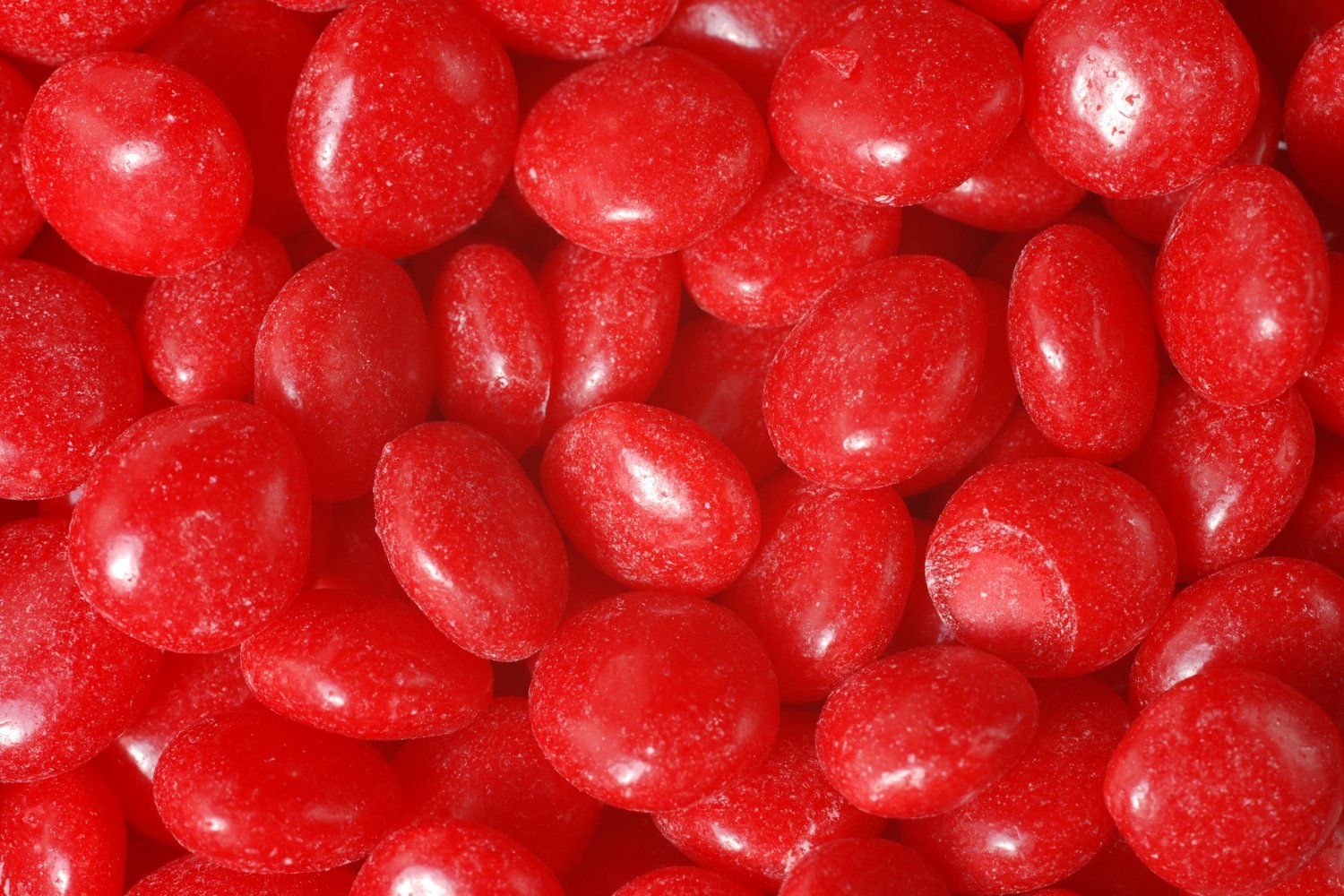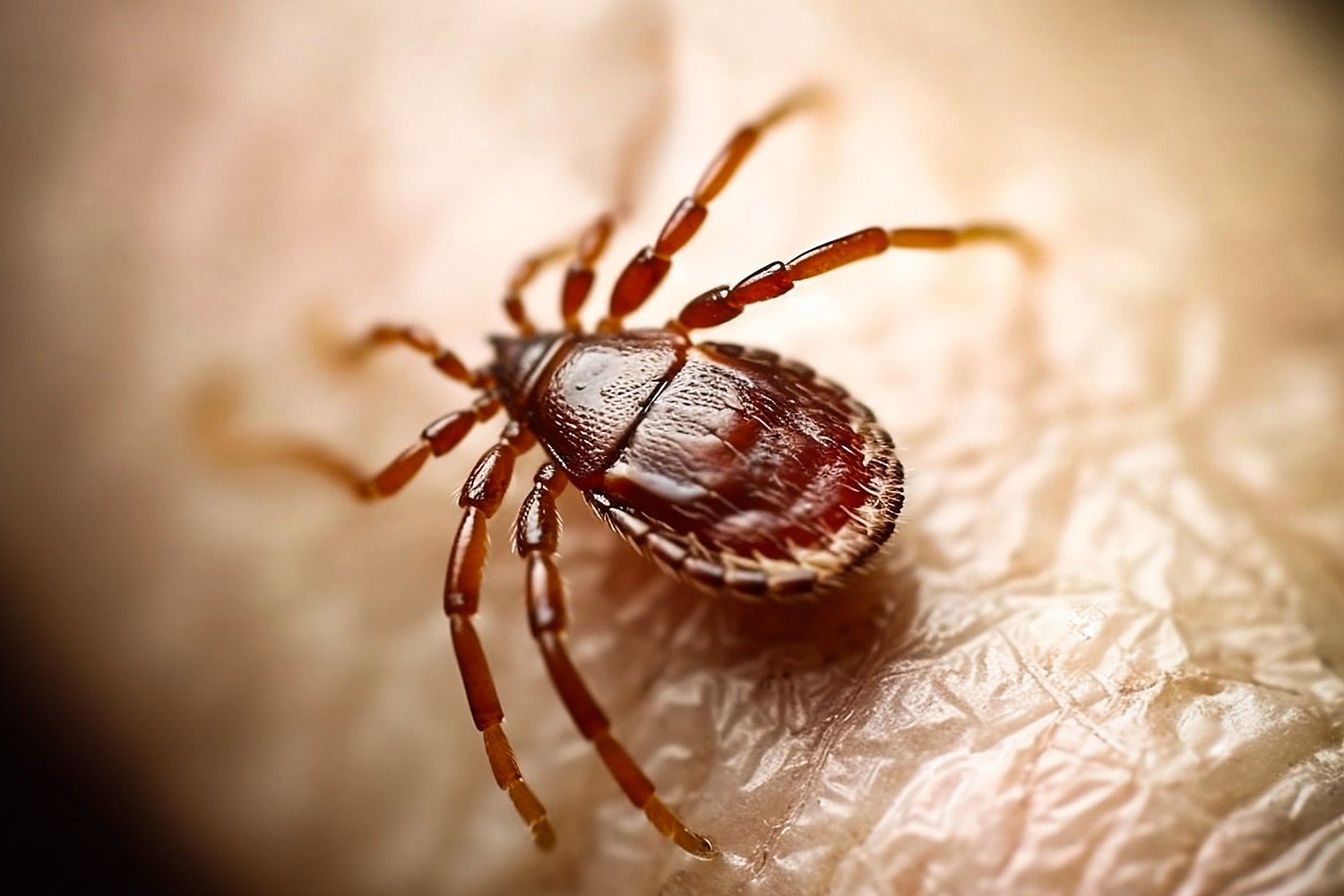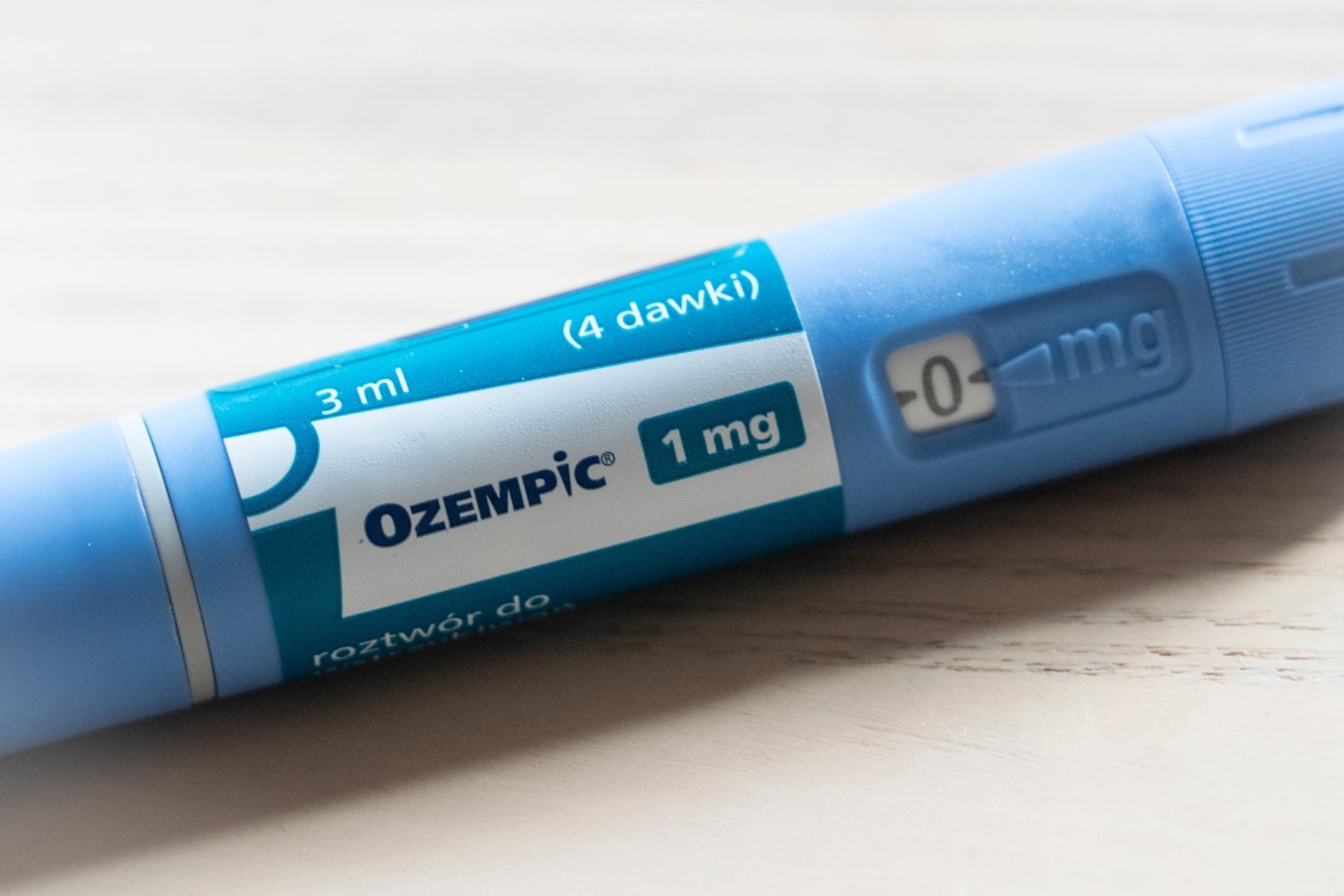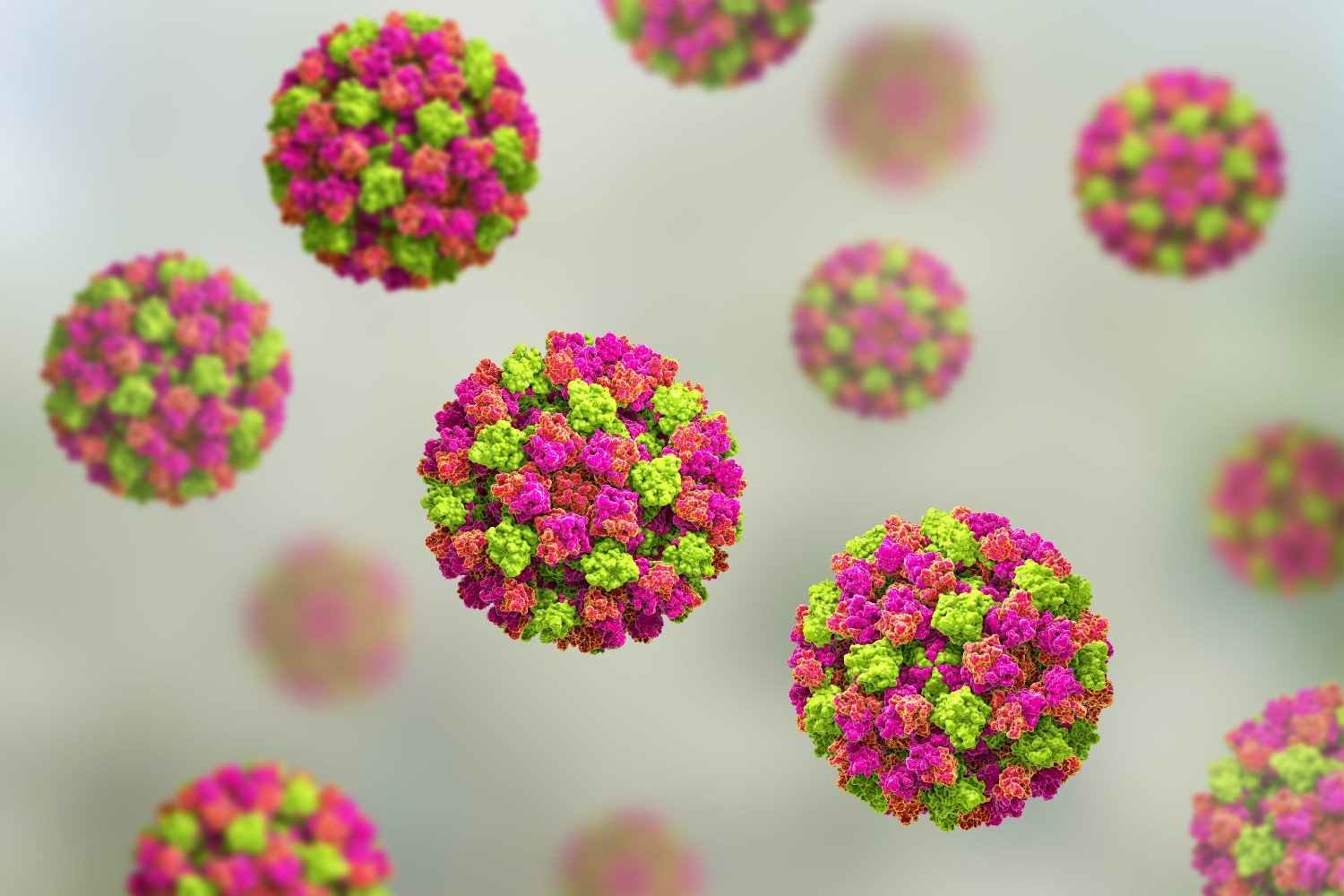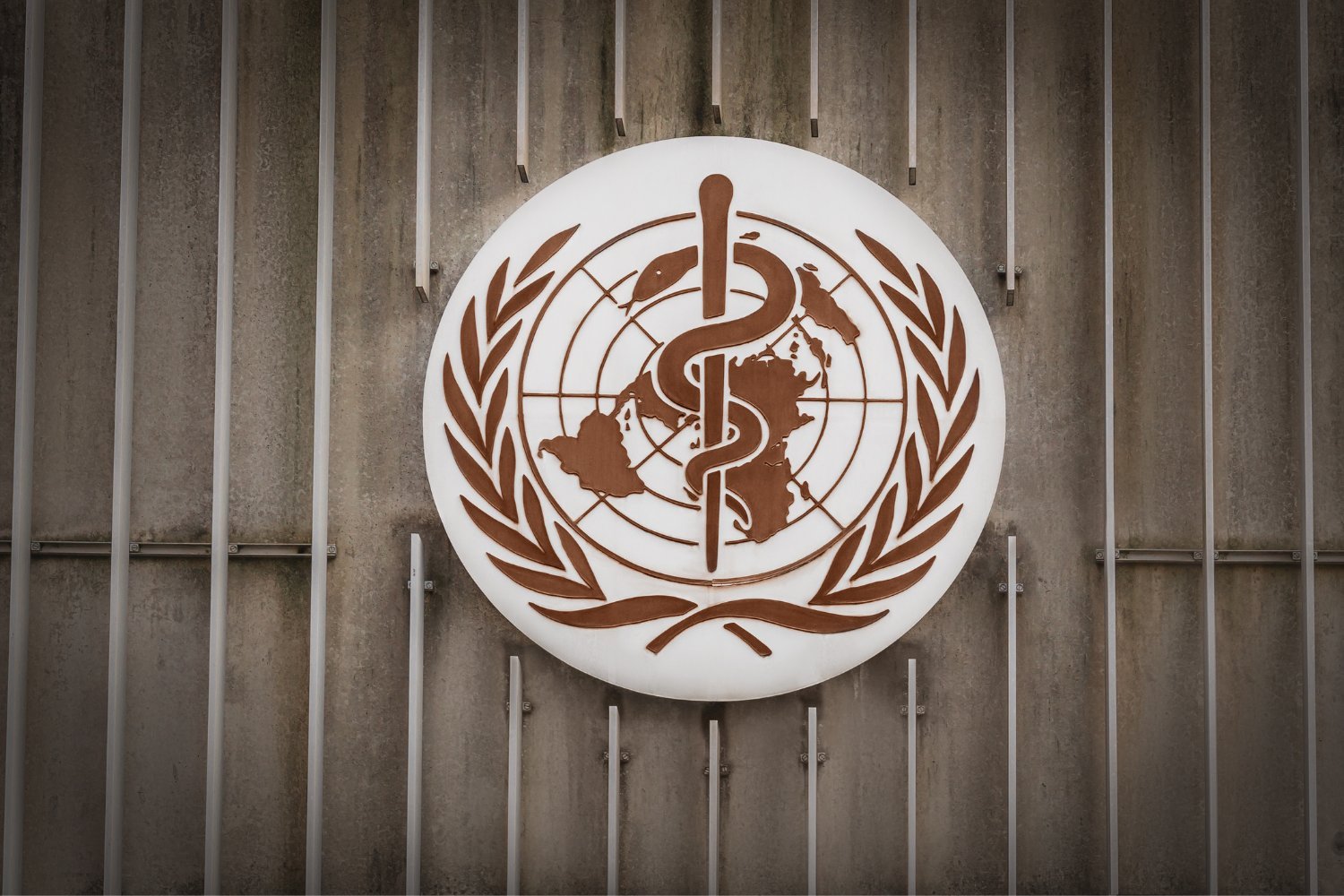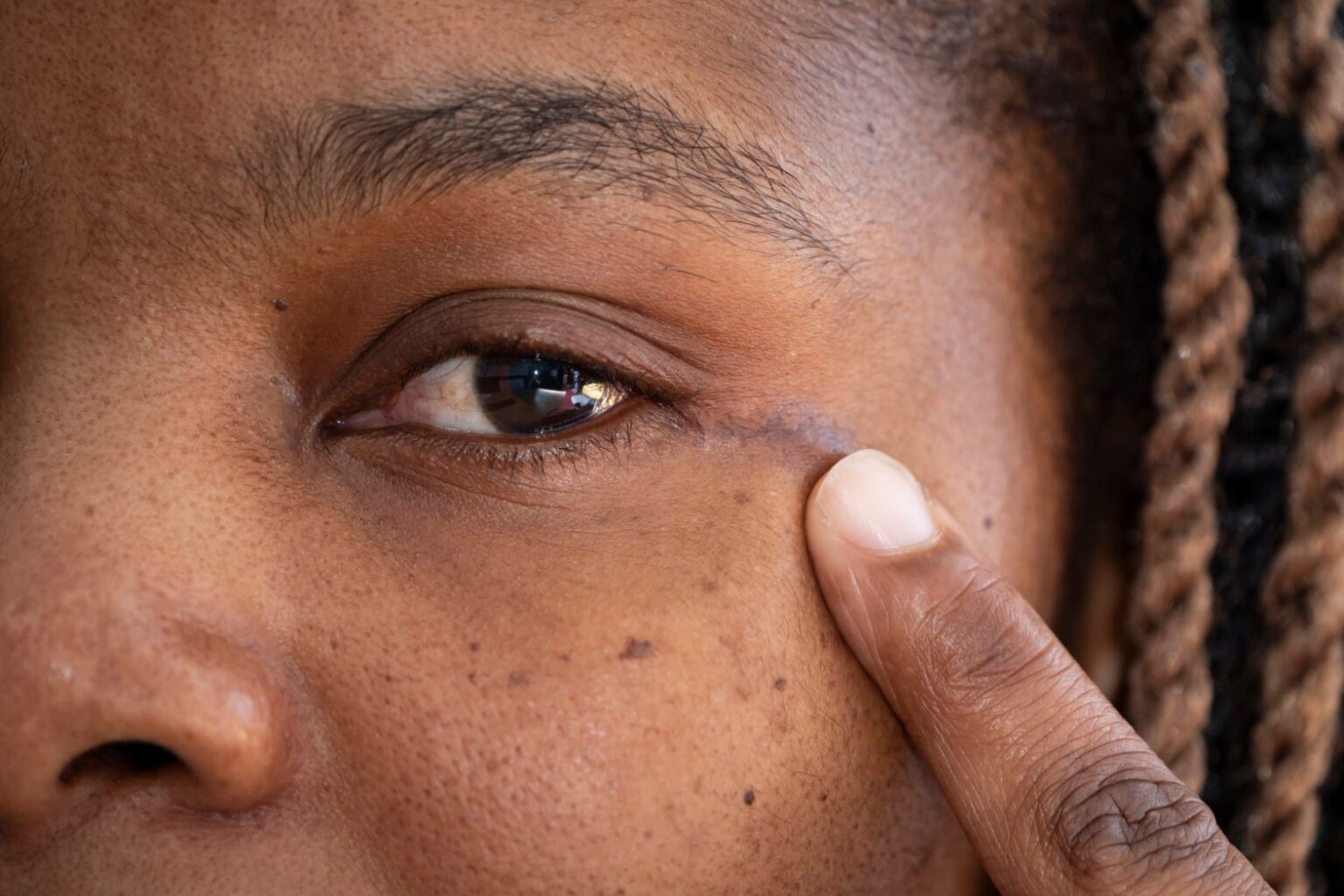Red No. 3, a synthetic food dye prevalent in candies and sweets, is being phased out by the FDA. This decision addresses long-standing concerns about potential health risks associated with the petroleum-derived dye. While the FDA doesn’t explicitly link Red No. 3 to cancer in humans, its removal is based on existing regulations prohibiting potentially carcinogenic additives in food, spurred by studies showing thyroid tumors in rats exposed to high levels of the dye.
The Delaney Clause and the Long Road to Removal
The FDA’s decision stems from the Delaney Clause, a 1960 amendment to the Federal Food, Drug, and Cosmetic Act that prohibits authorizing food or color additives shown to cause cancer in animals or humans. Consumer health and environmental groups petitioned the FDA in 2022, citing earlier rat studies and urging the agency to invoke the Delaney Clause for Red No. 3. This petition ultimately led to the FDA’s recent announcement and the subsequent ban. Although the FDA maintains that the mechanism by which Red No. 3 caused cancer in rats doesn’t apply to humans, the Delaney Clause mandates removal regardless of species-specific effects.
Beyond Cancer: Other Potential Health Risks
While the cancer link in humans remains debated, other concerns exist. Studies have suggested a correlation between Red No. 3 and increased hyperactivity in children, particularly those with ADHD. This research prompted California to ban the dye in 2023. Many other countries have also implemented bans or restrictions on Red No. 3, highlighting a global trend towards minimizing its use.
A Victory for Consumer Advocacy
The FDA’s ban is a significant win for consumer organizations that have long advocated against Red No. 3. Groups like the Center for Science in the Public Interest (CSPI) have questioned the necessity of using potentially harmful dyes for purely aesthetic purposes. They argue that the visual appeal of brightly colored foods doesn’t justify the associated health risks, however minimal.
Timeline for Removal
The FDA’s ban will be implemented gradually. Food manufacturers have until January 2027 to remove Red No. 3 from their products, while drug manufacturers have until January 2028. This phased approach allows companies time to reformulate their products and find suitable alternatives.
A Future Without Red No. 3
The removal of Red No. 3 signifies a shift towards prioritizing consumer safety and addressing potential health risks associated with food additives. While its complete disappearance from shelves may take a few years, the FDA’s decision marks a definitive step towards a food landscape free from this controversial dye. This action underscores the importance of ongoing research, consumer advocacy, and regulatory oversight in ensuring food safety.



